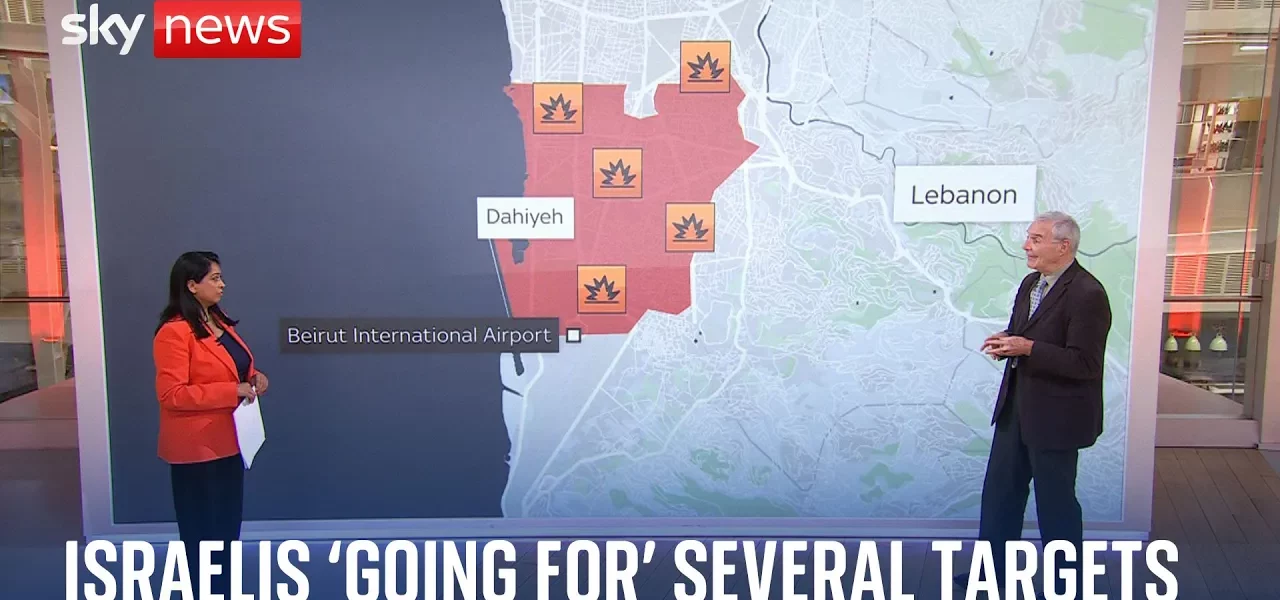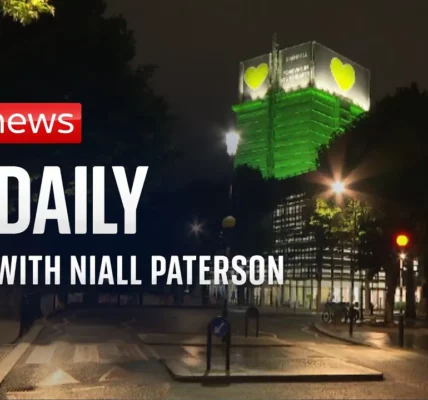Analysis of Recent Israeli Military Strategy and Hezbollah’s Leadership

This article delves into the recent military activities undertaken by Israel, focusing on the targeting of Hezbollah’s leadership and the broader implications for regional security. The ongoing conflict has raised significant questions about military tactics and the potential for a shift in the balance of power in the region.
Introduction to the Current Conflict
The recent escalation in the Israeli military operations marks a crucial moment in the ongoing conflict in the region. The targeting of key figures within Hezbollah, such as Hasham Safad Dean, highlights Israel’s shift towards a decapitation strategy aimed at crippling the leadership of both Hezbollah and Hamas. This approach seeks to weaken these organizations substantially, thereby altering the dynamics of power in both Gaza and Lebanon. Understanding the implications of these military actions requires a comprehensive analysis of the events surrounding these attacks and their potential fallout.
The Targeting of Hezbollah’s Leadership
Recent military actions have centered on the potential targeting of Hezbollah’s leadership, particularly Hasham Safad Dean. Reports suggest that Dean was present during an in-person meeting when the attack occurred. This raises significant questions regarding the operational security of Hezbollah’s top leaders and the effectiveness of their communication systems.
The Implications of Leadership Loss
The death of Dean, if confirmed, would represent a significant blow to Hezbollah. The Israeli military’s assessment indicates that they believe they have successfully eliminated high-ranking officials within Hezbollah’s hierarchy. This decapitation strategy aims to:
- Disrupt the command structure of Hezbollah.
- Delay the reconstitution of their operational capabilities.
- Shift the military balance in favor of Israel for the upcoming weeks or months.
Recent Military Operations and Strategies
Israeli military operations have intensified, particularly following the rocket attack on Maal Shams in the Golan Heights on July 27. This event marked a turning point, prompting increased military focus on Hezbollah positions.
Target Areas and Destruction
Significant areas under attack include:
- The southern suburbs of Beirut, particularly Daa.
- Tripoli, with bombings reported in and around the city.
- Strategic locations near Beirut Airport, highlighting the operational reach of Israeli forces.
As of recent reports, over 380 buildings in these regions have been destroyed or rendered unusable, contributing to a humanitarian crisis and mass displacement.
Evacuations and Civilian Safety in Southern Lebanon
The situation in southern Lebanon is becoming increasingly precarious, with the Israeli military issuing evacuation orders to numerous villages. This strategy appears to be part of a broader plan to establish a buffer zone in anticipation of potential ground offensives.
Historical Context and Buffer Zones
The concept of buffer zones in southern Lebanon is not new. It dates back to the 2006 war and was reinforced by UN Resolution 1701, which suggested a demilitarized area between the Israeli and Lebanese borders. Recent evacuation orders have included:
- At least 60 orders for villages south of the Litani River.
- 20 or more evacuation orders for areas north of the Litani River.
This proactive stance indicates Israel’s intent to minimize civilian casualties while maximizing operational effectiveness in any forthcoming military action.
Conclusion
In summary, the recent Israeli military actions targeting Hezbollah’s leadership signify a strategic pivot aimed at weakening these organizations’ operational capabilities. The potential death of key leaders, coupled with the aggressive military strategy in southern Lebanon, raises critical questions about the future of regional stability and the actions of Iranian forces in response. As the situation evolves, it is crucial for observers to stay informed about these developments and their implications for peace and security in the region.
For further reading on the dynamics of the Israeli-Palestinian conflict, check out our related articles on Israeli Defense Strategies and Hezbollah’s Political Landscape.
“`




